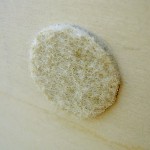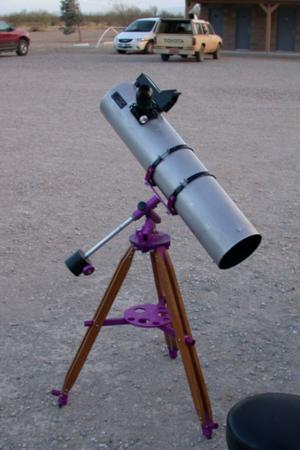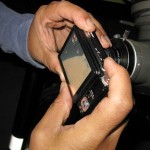A nice lineup of three bright planets will be forming in the sunset over the next couple weeks. There will be three bright planets, Mercury, Venus and Jupiter, and a faint planet in the lineup, Uranus. Together they will nicely outline the ecliptic in the evening sky.
Tonight you can see this lineup taking shape, looking low, just above the glare of the setting Sun you might pick out Mercury. It is only 10° from the sun this evening, but getting higher each day. High above, Venus and Jupiter can not be missed, Venus at about 40° elevation at sunset, with Jupiter even higher at 60° elevation. Venus shines much brighter than Jupiter at about -4.2 magnitude while Jupter is only -2.3 magnitude. Uranus is hiding about halfway between Mercury and Venus at a mere 5.9 magnitude.
Over the next two weeks Mercury will climb higher, reaching maximum elongation on March 5th. At the same time Jupiter and Venus will draw closer, having a separation of about 9° on the 5th. The pair will be closest on March 13th, at about 3° separation. As March slips by, Mercury will drop back into the Sun’s glare and Jupiter and Venus will separate once again. Still, the bright pair dominating the evening sky through much of the month.
While the lineup is still prominent, the Moon will swing through the alignment from February 22nd to the 27th. On February 22nd a 1.8% illuminated Moon will pair up with Mercury, just 6° away. On the 24th and 25th the Moon will sidle up to Venus, under 5° away on the 25th. On the 26th the Moon will be near Jupiter, with under 4° away and 25% illuminated.
One last dance of the alignment will occur on March 25th when a crescent Moon will join Jupiter and Venus. The planets will be about 10° apart with a 11% illuminated Moon in between them. A very nice trio indeed.
Late February and much of March will be a nice show for sky watchers. Make a point to get out and look!




